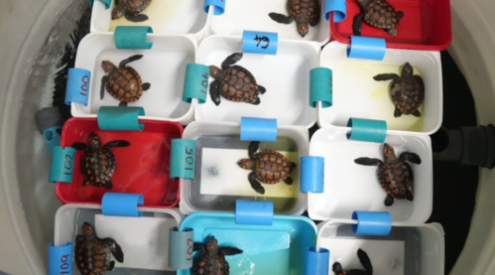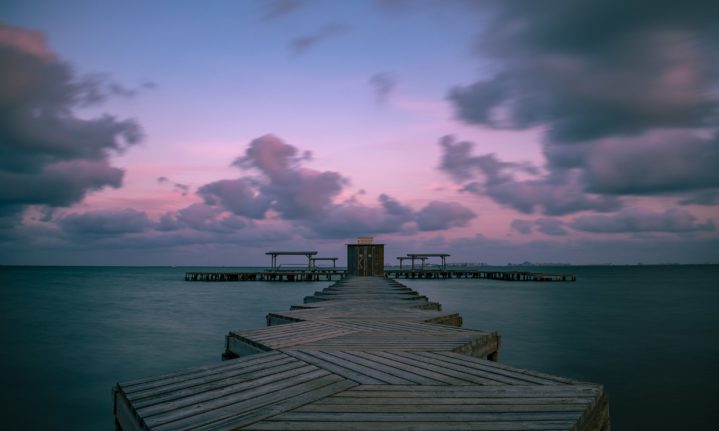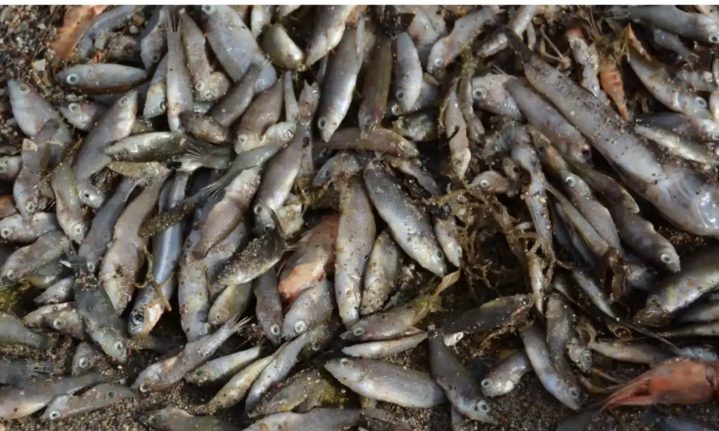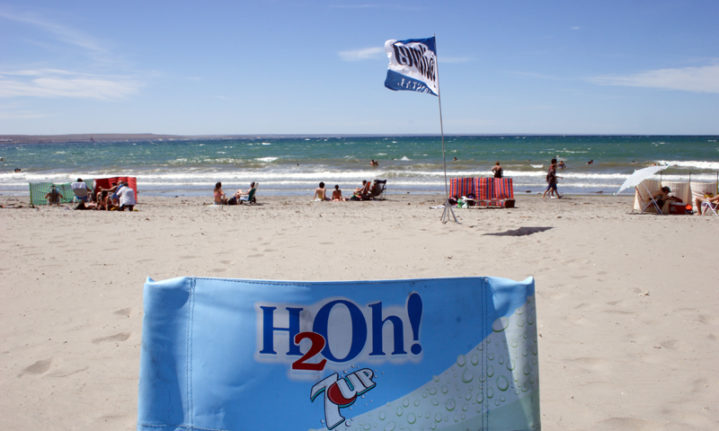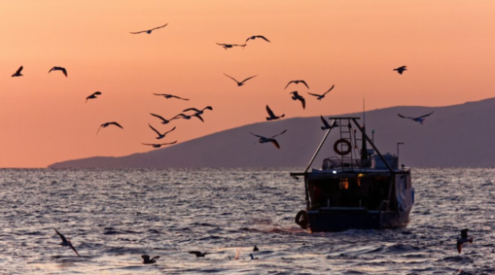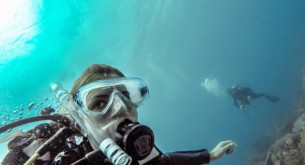The Mar Menor was once a renowned saltwater lagoon in southern Spain, but today locals wouldn’t dare enter it and fishermen choose to venture further out into the Mediterranean after dead fish started washing ashore and the once-clear crystal waters are choked with excessive algae.
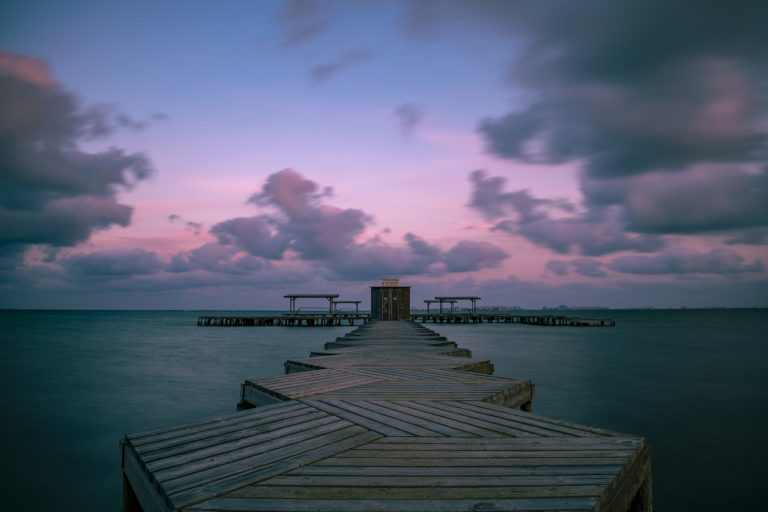
There are various theories as to why the lagoon became so polluted, but scientists have not been able to conclusively determine the cause. According to a New York Times report, scientists are debating whether the algae bloom can be attributed to climate change, where excessive heat reduces oxygen levels in the water.
However, authorities agree that nitrate runoffs from fertilisers at nearby farms have adversely affected the waters of what used to be a thriving marine ecosystem.
Even though farmers maintain that they don’t use more fertiliser than necessary, Hugo Morán, a senior official in the central government’s environment ministry, estimates that 80% of the contamination is attributed to the unchecked growth in agriculture.
The temperate climate along with the fertile soils within Mar Menor’s drainage basin have made farming in the region a lucrative business, where agriculture represents 8.5% of the region’s gross domestic product and provides about 47,000 jobs.
Some farmers in the region argue that the contamination comes from water seeping into the lagoon from an aquifer where toxins have accumulated over decades.
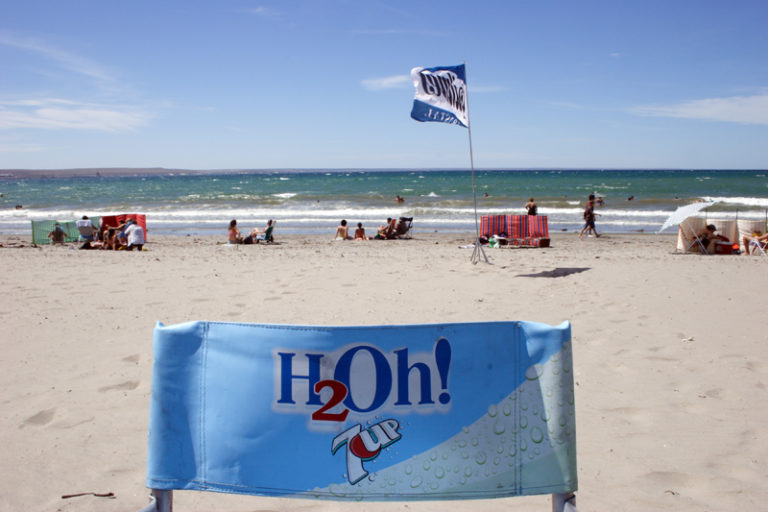
The lagoon was a popular tourist destination. Picture: Flickr Commons
Adolfo García, director of Camposeven, an agriculture exporter in the region, told New York Times that most farmers had already switched to sustainable production methods, ‘Even if we planted nothing in this area for the next 50 years, the aquifer would remain very polluted,’ he said.
Julia Martínez, a biologist and technical director at Fundación Nueva Cultura del Agua, an institute that specializes in water sustainability, said that the arguments about the aquifer were false.
She maintains that at least 75% of the lagoon’s contamination came from run-offs. According to a report in The Guardian, the pollution of the lagoon can be attributed to the region’s growing pork industry. ‘Now, we sadly have a green soup and I certainly have long stopped swimming in it,’ Martínez said.
A four-month investigation by Lighthouse Reports examined how intensive pork farming may have contributed to one of Spain’s worst environmental disasters in recent years. This investigation was initiated after more than five tons of dead fish washed up on the shores of the lagoon in August.

Dead fish and crustaceans on the shores of Mar Menor lagoon. Picture: Lighthouse Reports
The regional government has since banned the use of fertilisers within 1.5 km of the lagoon, but this doesn’t address the proliferation of pig farms in the region.
According to a 2019 report by Spain’s Environment Ministry, the pig farms accounted for 800 000 animals, which could be responsible for 17% of the nitrogen in the Mar Menor aquifer. Drone photography by reporters in the region revealed pig waste seeming to spill out into slurry ponds, or dumped on nearby land, which eventually leaches into the drainage basin.
In visits to 10% of the slurry ponds in the basin, more than 90% were found to have not met the regulations of storing the waste in waterproof pons, according to The Guardian. The number of pigs in the region has soared to record levels, along with the rise in abattoirs across Spain, with more than 56 million pigs slaughtered in pain last year, posing the country to overtake Germany as the EU’s top pork producer.
ALSO READ





